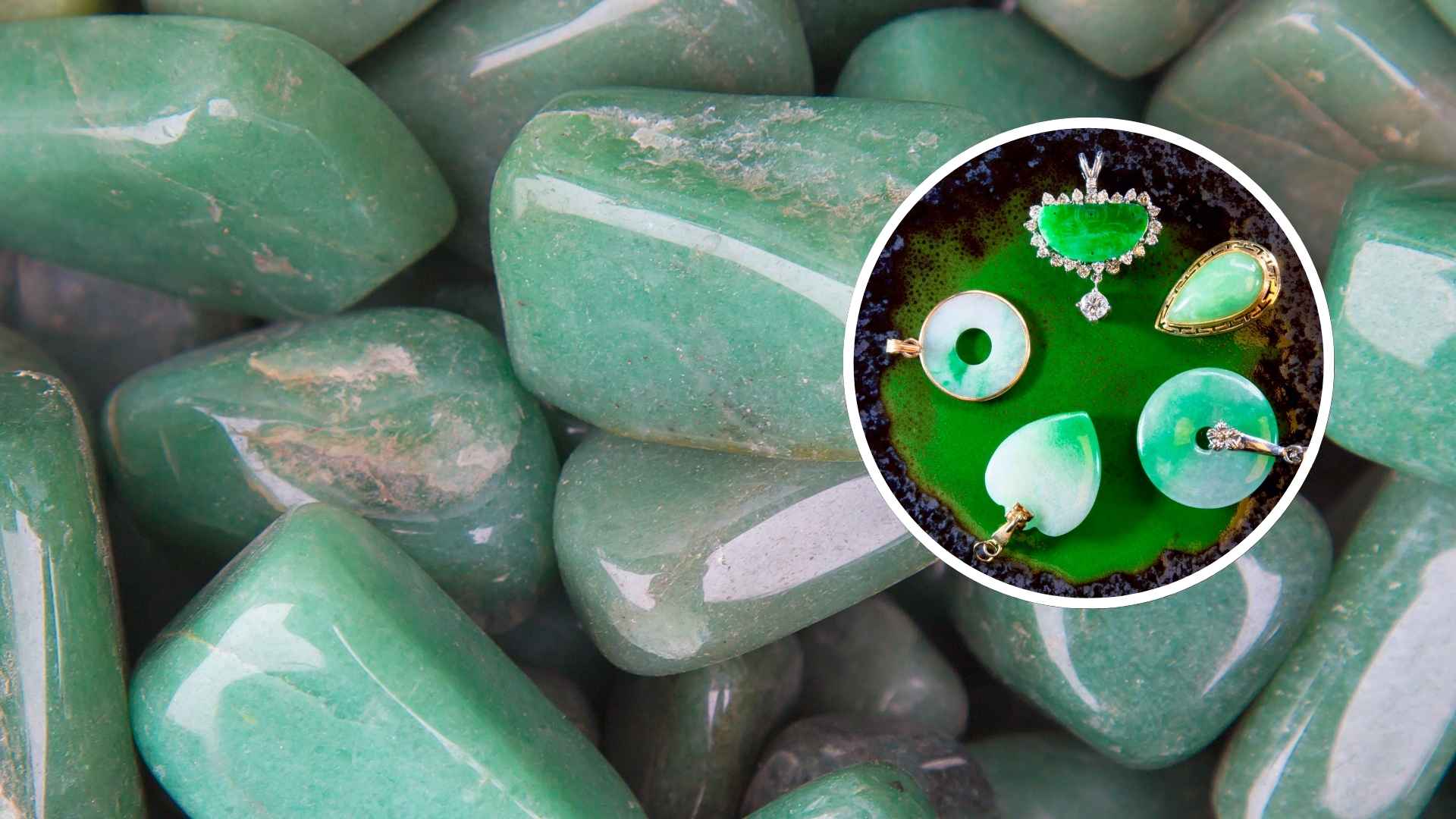With gold flirting with $3,300 an ounce, a little‑known stone called jadeite is shattering records, fetching millions for a single necklace and reshaping the precious‑metals pecking order.
Jadeite, the rarer cousin of common jade, now tops every list of luxury minerals. Collectors, jewelers, and investors are scrambling for the vibrant green gem, whose price per carat can eclipse stacks of gold bars. Wondering how a rock most people have never seen beats bullion? Let’s dig in.
Why jadeite’s rarity and deep imperial green push prices sky‑high
Geologists say jadeite forms only under intense pressure and relatively low temperatures inside subduction zones. These narrow conditions limit large‑scale deposits to a handful of spots—chiefly Myanmar, with smaller pockets in Guatemala, Japan, and even coastal California.
Add a Mohs hardness rivaling quartz and a color that glows from within, and you have the perfect storm for record‑setting bids. Before we go further, try this on for size:
| Mineral | Typical price per ounce* | Global production hotspots |
|---|---|---|
| Gold | ≈ $3,300 | China, Australia, Russia |
| Platinum | ≈ $1,000 | South Africa, Russia |
| Jadeite (gem quality) | Value measured by carat; a single carat may cost more than 926 gold bars | Myanmar (≈ 70%), Guatemala, Japan |
*Spot prices, early 2025 estimates.
Even seasoned bullion buyers blink at that comparison. The takeaway? Scarcity plus beauty equals eye‑watering valuations.
How collectors and investors are driving the market’s growing demand worldwide
The fever around jadeite intensified after the fabled Hutton‑Mdivani necklace sold for $27.4 million in 2014. Since then, high‑net‑worth buyers across Asia and the United States have treated imperial‑green beads as portable vaults.
Auction houses now field waiting lists, and some private sales remain hush‑hush to avoid bidding wars. Could demand cool? Maybe—but every fresh geopolitical tremor seems to send capital searching for hard assets, and jadeite’s supply chain is anything but elastic. Five fast facts every prospective jadeite buyer should keep handy:
- Color rules: Imperial green, evenly saturated, commands the loftiest prices.
- Transparency matters: The more light that passes through, the richer the value.
- Treatments exist: Dyed or polymer‑filled stones cost a fraction of untreated gems.
- Size is exponential: Price per carat jumps sharply once stones exceed five carats.
- Documentation is key: Always request laboratory certificates to confirm origin and condition.
Still curious? You’re not alone—dealers report that first‑time inquiries now outnumber veteran requests two to one.
What this gemstone’s surge tells us about today’s luxury market
Gold and platinum remain household names, yet jadeite shows how rarity, culture, and a splash of mystery can dethrone even the most celebrated metals. For investors eyeing alternative assets, the stone’s trajectory underscores a timeless lesson: the scarcest resources often hide in plain sight—until a headline reveals their worth.

